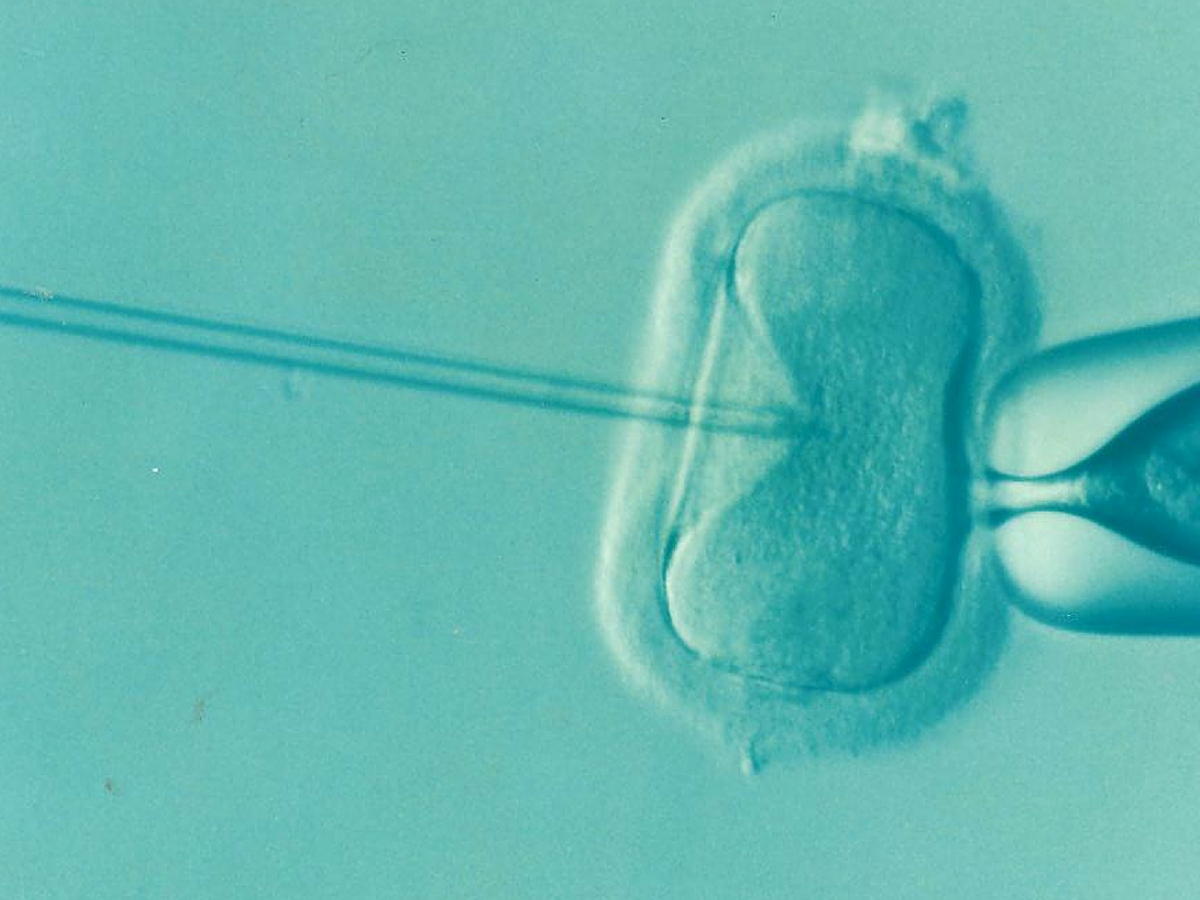
A new set of guidelines for health professionals aims to better inform patients with unexplained fertility and improve outcomes.
The Australian Evidence-based Guideline for unexplained infertility, now published in the Medical Journal of Australia, has been developed by experts at the National Health and Medical Research Council-funded Centre for Research Excellence in Women's Health in Reproductive Life (CRE WHiRL) at Monash University.
University of Adelaide Professor Robert Norman, UNSW's Dr Michael Costello and Monash University's Professor Helena Teede developed the guidelines initially with the European Society of Human Reproduction and Embryology (ESHRE) and were then adopted to the Australian context, considering the health system, geography and specific population factors.
Up to 30 per cent of infertile heterosexual couples are affected by 'unexplained' infertility, which cannot be assigned to a direct cause.
The diagnosis is made when no abnormalities of the female or male reproductive systems are clearly identified, mostly by excluding possible causes such as the absence of ovulation or low sperm count.
"We've tried to emphasise the role of intra-uterine insemination (IUI) which works for a large number of people with unexplained infertility and is something that is being under-appreciated," said Professor Norman.
"This year, IVF is estimated to cost the government $500 million through Medicare, with another $200 million at a cost for consumers in out-of-pocket expenses.
"If fully implemented, this IUI guideline could potentially save more than $100 million in unnecessary health procedure costs annually, while maintaining current pregnancy chances and widening access to treatment."
Infertility rates are increasing due to eco-social factors including advancing maternal age and rising weight, both of which adversely affect fertility.
"This new guideline will help to streamline and simplify treatments, potentially reducing cost and increasing equity, by avoiding complex testing and treatments that were not necessarily evidence-based," said Professor Norman.
"The evidence-based advice will play an important role in improving health outcomes for those with unexplained infertility and is adapted for the Australian health system and context."
Dr Costello said the guidelines were aimed at general practitioners, gynaecologists, andrologists, infertility specialists, reproductive surgeons and those with unexplained infertility.
"The guidelines outlines the definition of unexplained infertility, diagnostic tests, treatments and differences between explained and unexplained infertility," said Dr Costello.
"It also aims to assist healthcare professionals and couples in appropriate and effective management of the condition, acknowledging that each medical decision must consider individual characteristics, preferences, socioeconomic status, beliefs and values.
"It should also be acknowledged that couples with unexplained infertility may experience considerable impact on their quality of life and they can be offered support and therapeutic counselling."
They were also developed with consumer and stakeholder input, including those from culturally and linguistically diverse groups and those with lived experience.
"Unexplained infertility greatly impacts quality of life, and it is important to ensure those affected receive the best advice and care for optimal outcomes, whilst avoiding rapidly rising use of often unproven treatments, increasing costs and inequity seen in Australia for those with unexplained infertility," said Professor Teede.






